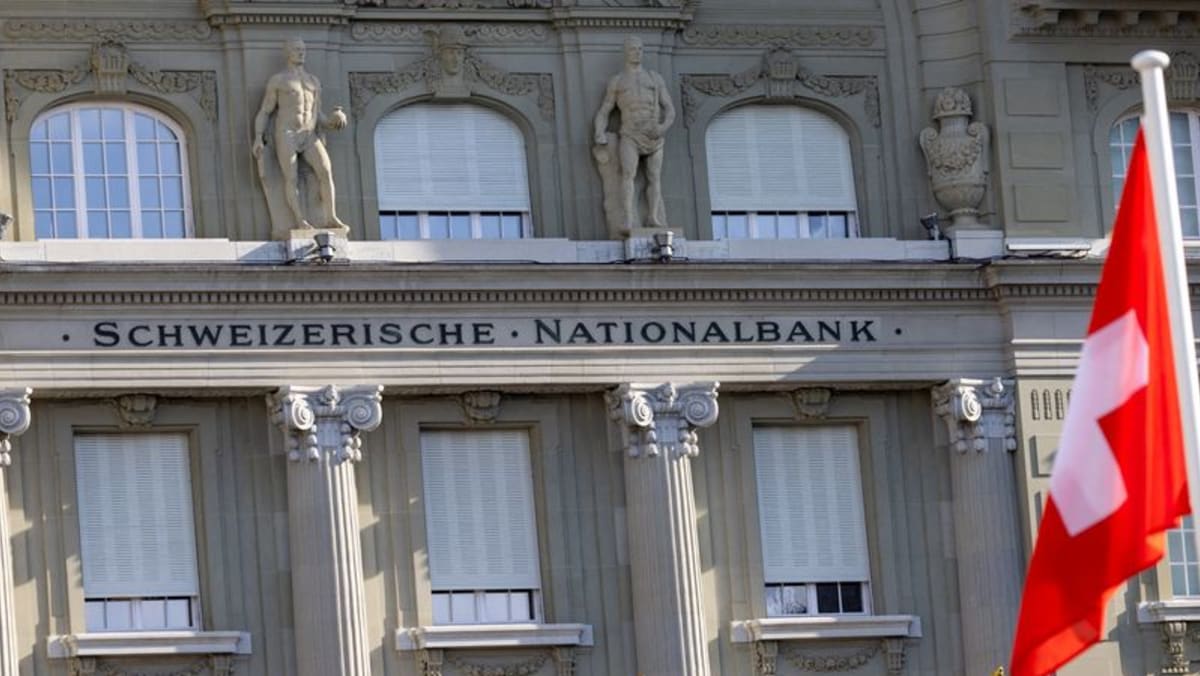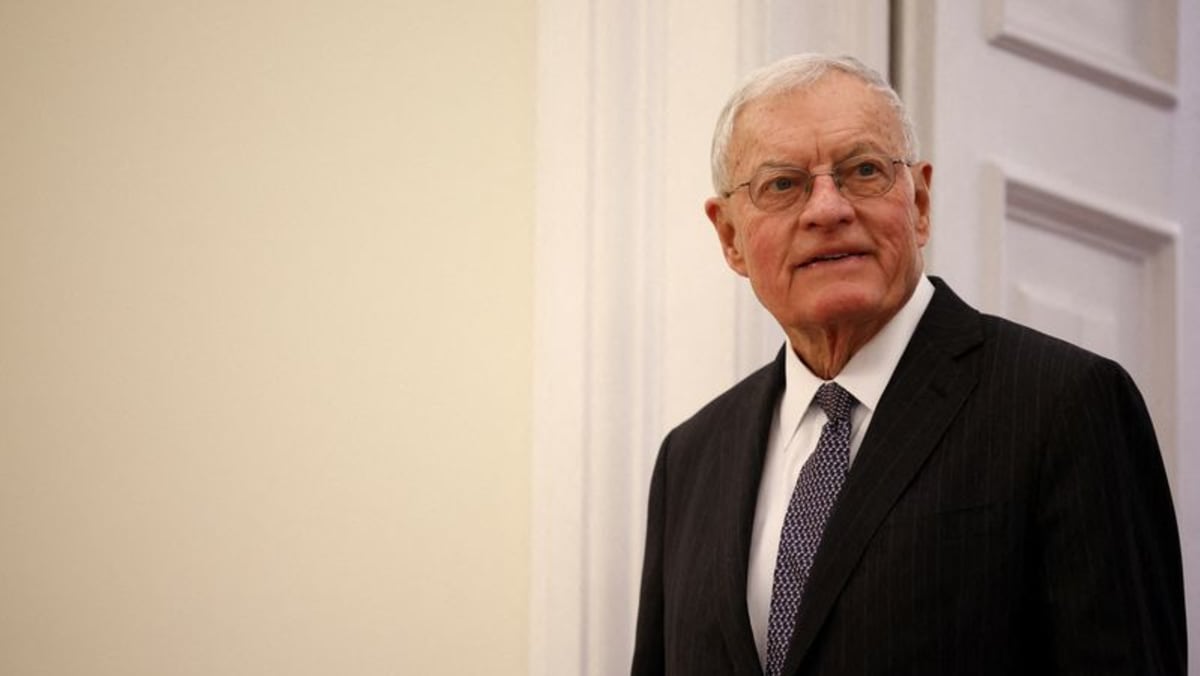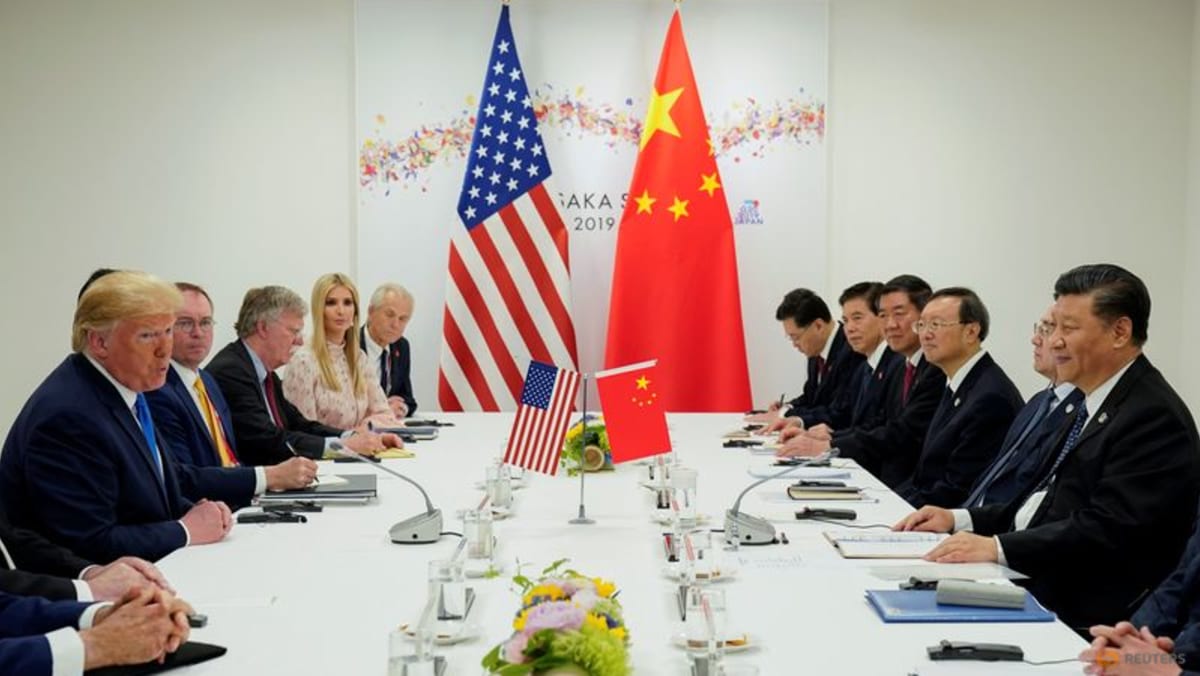For more than a decade, it has dominated a UN ranking of the most innovative economies, both for the resources it puts into innovation – for example through practical university education and research and development – and for its returns on these investments.
It generates more than US$100 in GDP per hour worked – that’s more productive than any of the other 20 largest economies. Its decentralised political and economic system encourages the rise of small enterprises, which account for over 99 per cent of Swiss companies.
It also has a large share of globally competitive businesses in sectors from pharmaceuticals to luxury goods.
Harvard’s Growth Lab ranks Switzerland number one among major economies for the “complexity” of its exports, a measure of the advanced skills needed to produce them. And its exports range from chocolates and watches to medicines and chemicals – belying the notion that strong currencies kill factories.
At 18 per cent of GDP, its manufacturing sector is one of the largest among developed economies. Over half its exports are “high-tech” – more than double the US level. Since advanced goods are more expensive, this has helped Switzerland keep its current account in surplus, averaging more than 4 per cent of GDP since the early 1980s.
Income from trade is recycled into significant investments abroad. The country now runs a net international investment surplus of more than 100 per cent of GDP, which helps it resist external shocks.
This is the opposite of the US, with its heavy deficits in the current account and net investment.













